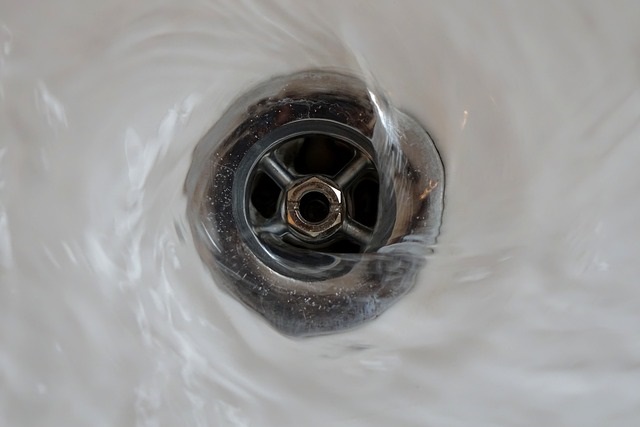
The culprit may be airborne bacteria.
As the weather warms up and the humidity increases, it is not uncommon to notice pinkish slime on your shower walls, sink and along the water line in your toilet bowl.
There are many types of airborne bacteria.
Sometimes, when the conditions are right, this bacterium will settle on warm, moist surfaces and begin to multiply. As they do, they can leave behind a pinkish residue. Sometimes, it can also be light gray to black.
Why Isn’t My Water Softener Removing the Bacteria?
You may think your water treatment equipment isn’t working properly. But that may not be the case. There is nothing your water treatment equipment can do because the bacteria are in the AIR – not your water.
How Can You Combat These Pink Stains?
- Keep fixtures clean and dry – it keeps the bacteria from settling and spreading
- Wipe down shower walls and sinks after use – so water isn’t allowed to pool
- Keep windows closed – it can prevent the bacteria from entering the house
- Clean fixtures with a bleach-based solution to kill any existing bacteria on the surface
- Use your bathroom fan – it pulls the moisture out
- Bleach toilet cakes that continually release a little chlorine can help keep the toilet clean and bacteria free
- Caution – if you have iron in your water, the bleach makes iron stains worse
What Type Of Bacteria Is It?
It’s impossible to determine the specific bacteria that causes the pink stains, but the most common culprit is Serratia marcescens.
This critter lives just about everywhere and needs very little to thrive and multiply. They are often stirred up during construction and/or yard work, becoming airborne – which is why you should keep your windows closed if work is being done near your home.
Is This Bacteria Harmful?
While typically not a problem for humans, some people may experience bacterial infections when exposed to Serratia marcescens.
Ironically this strain of bacteria was commonly used in school experiments due to the pink color it produced. That practice has since been discontinued.
